It might seem trivial, but often, to take truly innovative paths, you simply need to change your perspective and see what happens. And that’s what Moncler decided to do when launching its AW21 collection, enlisting three emerging image makers to create editorials, campaigns and visual essays that embody the spirit of the brand. A creative process of hybridisation between Moncler’s DNA and the personal imagination of the talents.
The resulting projects have brought to light new facets and nuances of Moncler, already inherent in the essence of the brand but previously unexplored. After the mixed media editorial by creative couple Chicco and Tigre, and the oversaturated and surreal images of Lucia Buricelli, it’s now the turn of photographer Marzio Emilio Villa. Working together with the i-D team, the artist immortalised Moncler AW21 collection through suspended, rarefied and timeless shots.
Bringing out a more intimate side of the collection, Marzio combined the mood that inspired the designs — the spirit of adventure, the need to discover and the desire to constantly push oneself — with his own artistic vision, which always centres the subjects themselves. Discover more about the concept for this special Moncler AW21 collection below, in Marzio’s own words.
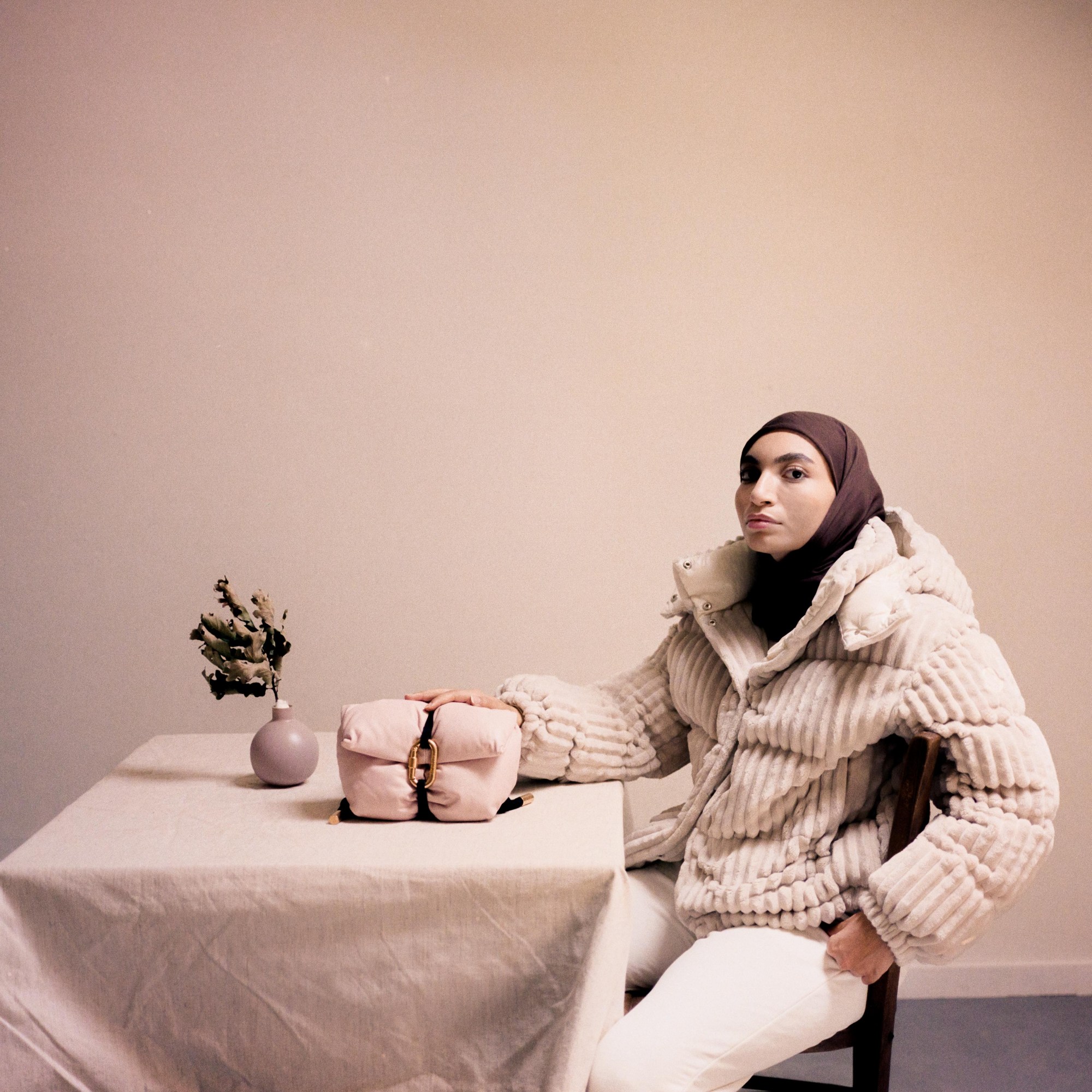
Hi Marzio! Tell us about yourself and your journey into the world of photography.
When I was 13, I went with my father on a business trip to Africa, and that was when I discovered photography. My immediate approach was that of a curious teenager, driven by the desire to document his travel experience. Despite being a European kid, I was Black like all the locals, and I wanted to capture the feeling of seeing myself in a place I had never seen before. That experience was fundamental for the artistic path that I then embarked on, and it pushed me to work on concepts that are important to me, such as the space I occupy and what I represent. My personal and artistic growth is still linked to that journey today: understanding the privileges I had as a Black European child from an early age led me to understand what kind of photographer I wanted to become.
Tell us about your creative process. Where do your ideas come from and what kind of approach do you adopt with your subjects?
My works are born from my personal experience, from the injustices that I experience in my own body and that I am sure mark the lives of many other people belonging to different minorities.
The tales I tell are not always real. My goal is to start from stereotypes, to deconstruct them and create icons that convey a shared collective message, in the hope that it will arrive and be understood even by those who do not experience that type of discrimination.
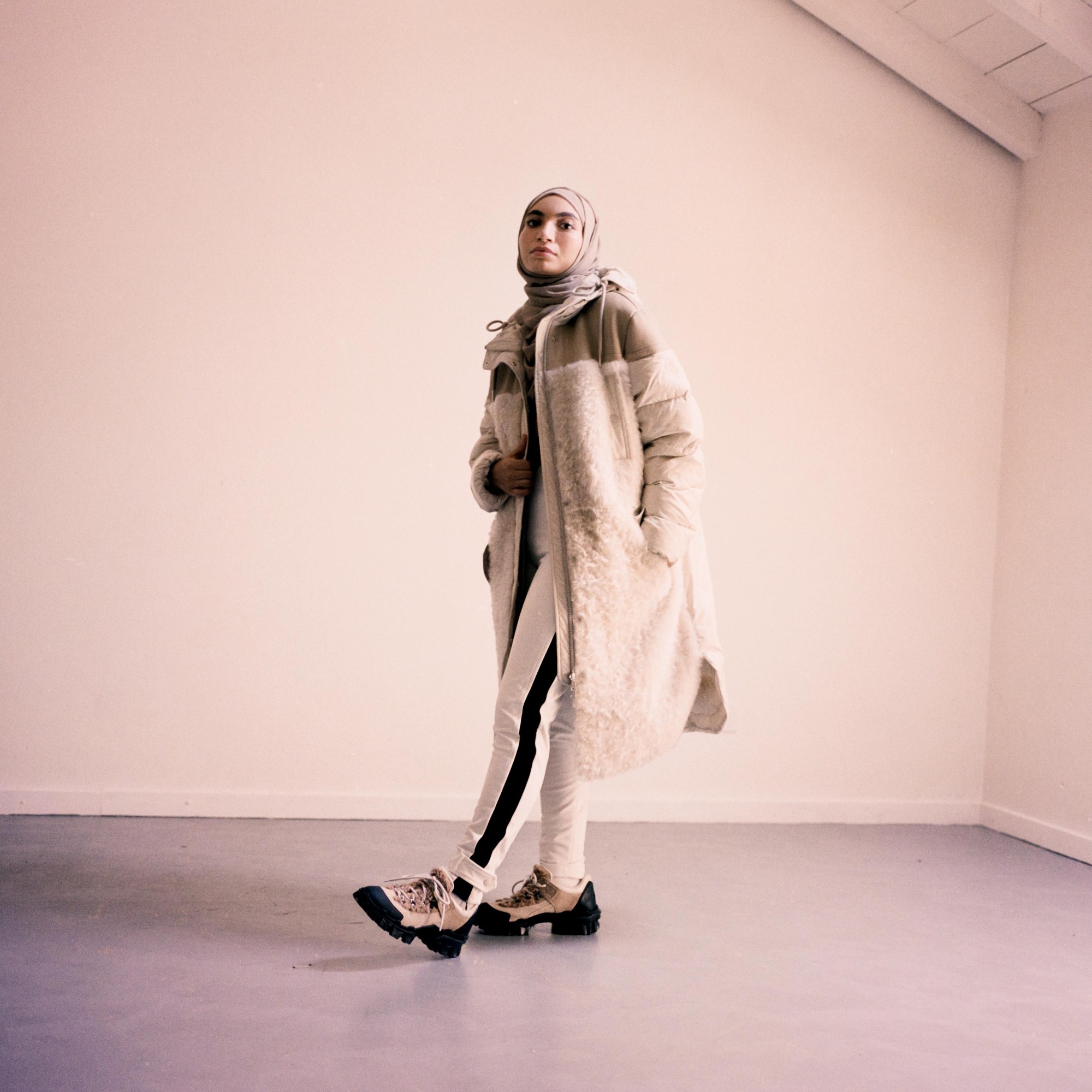
What do you think the role of a photographer should be in 2021?
For me, being a photographer means having responsibilities towards how society can be read and represented. Most photographers — or anyone who has a device that captures images — are not aware of the privilege they possess by being on the side of those who document. From my point of view, we should remember that taking an image of someone is always a dialogue between the viewer and the person being looked at, and this exchange should be based on equality between the two parties.
Where do you find inspiration?
In art history, but also in the looks of police officers every time I pass them. Belonging to a minority that has historically always been looked at and represented by the community, without ever having the opportunity to be on the other side of the lens, it’s not immediate to recognise myself in a work that has always conveyed a voyeuristic narrative on minorities.
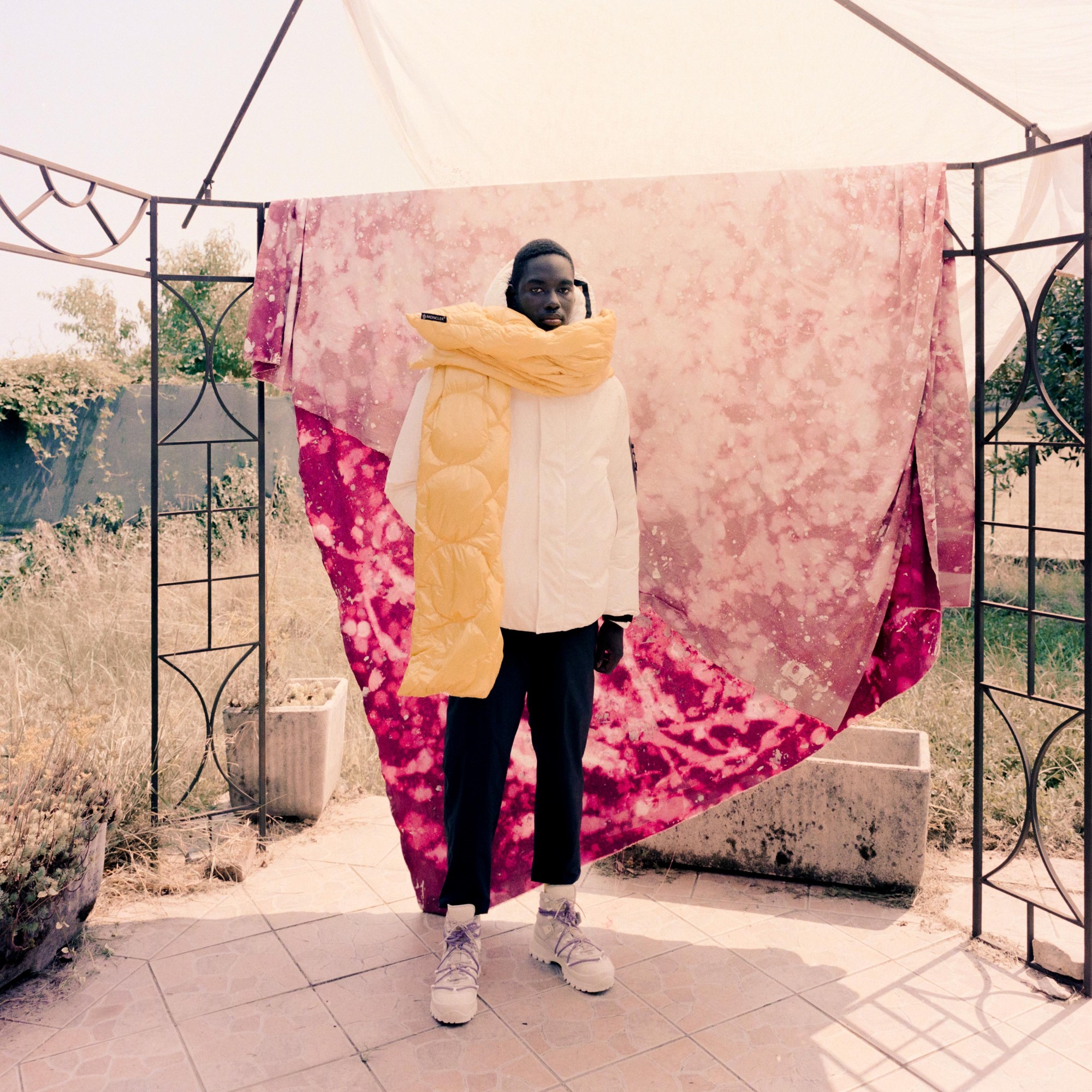
You are part of usthey NARRATIVE: a collective giving a voice to talented individuals from marginalised communities. How do you think photography can help represent those identities?
Photography has the ability to talk about different identities that are not represented, in allowing them to regain possession of their own narrative. The collective that Eleonora Sabet and I founded has precisely this goal: through collective action, we want to give greater resonance to unrepresented minority groups. Even though we belong to different minorities, we share the desire to give space to photographers who, like us, are often not listened to.
Tell us about the collaboration with Moncler. How did you approach the project?
When they asked me to take part, I immediately thought about how to represent minorities in a fashion editorial. Thus, I shot talents that, by embodying themselves, became representative icons of a multiplicity. Using objects, accessories and styling, I tried to deconstruct the dominant narrative and go beyond preconceptions about who can or cannot wear certain items. Michele, for example, has a cut peach in his hand, a reference to the scene from Call Me By Your Name. I also included references to typical Renaissance postures and compositions, exorcising the stereotypes inherited from that type of imagery. I really enjoyed being able to work for a brand while staying true to my set of values and my personal production.

Versatility and innovation are some of the key principles of Moncler as a brand. Do you feel that these concepts represent you as an artist? How do you try to channel them into your practice?
I think Moncler is going in an increasingly inclusive direction, listening to the needs of the people who wear their clothes. The word “innovation” resonates a lot in me, and that’s what I intend to do too: create cultural products that somehow promote social growth.
Moncler AW21 is a multifaceted collection, capable of moulding itself on the style, personality and attitude of those who wear it. For each shot, did you have a particular story in mind?
Having chosen the subjects to photograph myself, I was able to imagine a story for each of them. For example, I shot Eleonora immersed in nature with an off-road motorbike, recreating a medieval atmosphere inspired by the story of Joan of Arc, but re-contextualised for 2021.
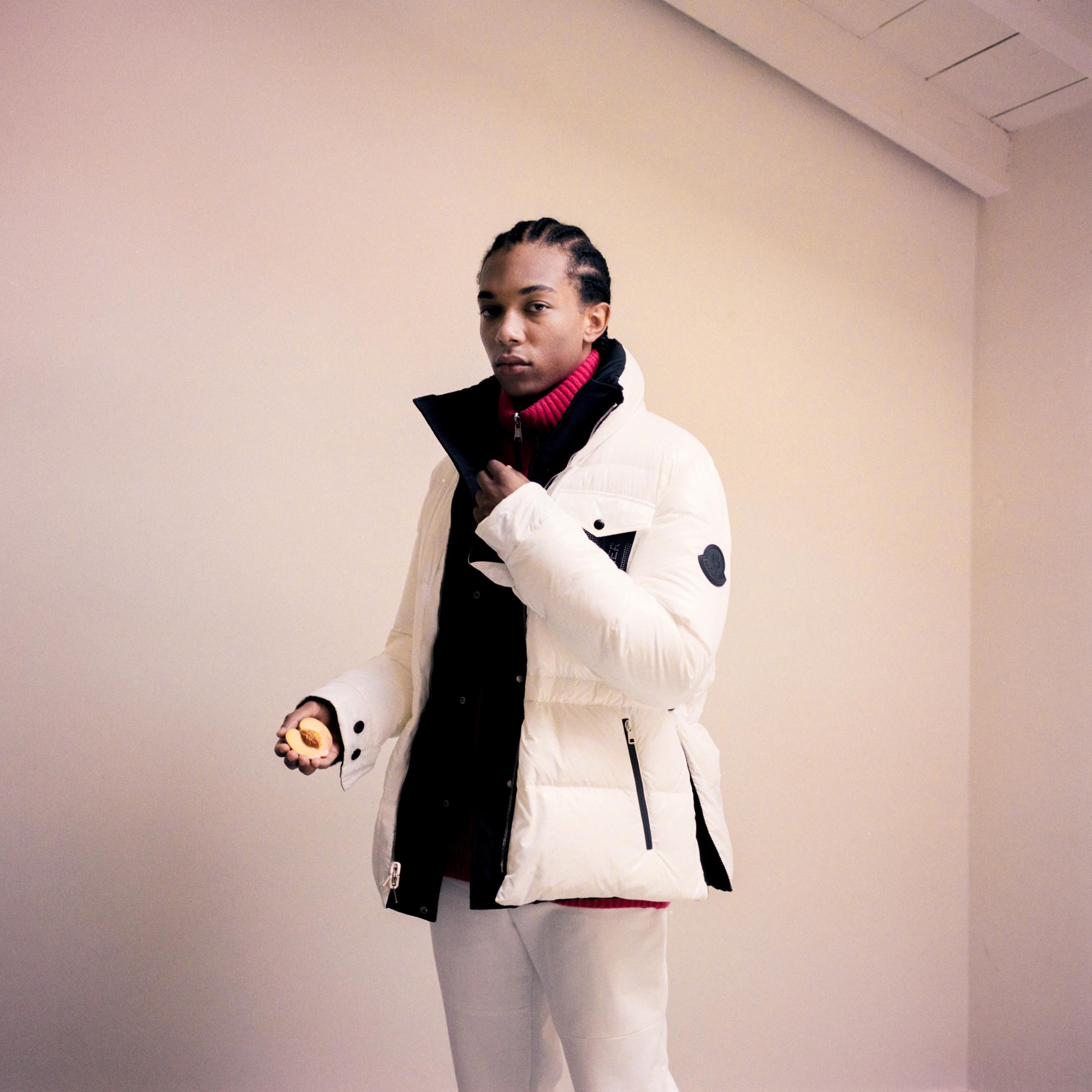
The collection also reflects on the relationship between humans and nature. Is this theme also present in your research as an artist?
I often set my subjects in nature, because that dimension is a clear reference to my history and my ancestry. I was born in Brazil and have half Indios and half Afro-descendants origins — the latter is an element that unites the history of all the Americas. During the slave era, people who managed to escape from their masters were often forced to take refuge in nature. For me, it is just another way to change the collective imagination and regain possession of our spaces.
What are three shots that you dream of taking but haven’t yet?
I don’t really have three particular shots, but I do have in mind my goals that I would like to achieve when it comes to the representation of minorities. I would like to continue to include people like me in commercial campaigns; and, more generally, to involve more people belonging to minorities in the Italian visual industry, be it music, art or fashion.
What do you see in your future?
I hope there will come a day when minorities can be heard and recounted without having to continually justify their existence.


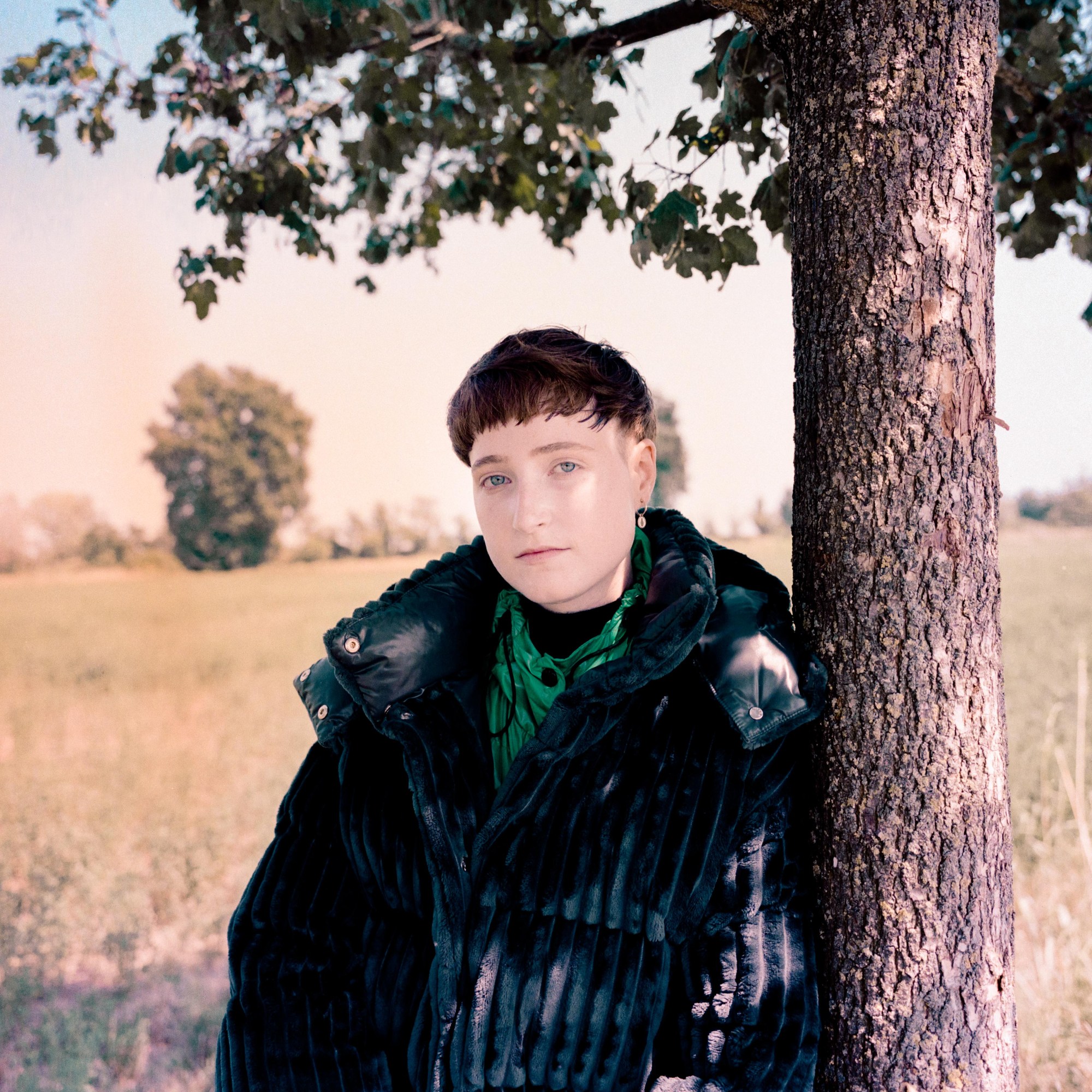
Credits
Photography Marzio Emilio Villa
Creative Direction Gloria Maria Cappelletti
Executive Producer Rosario Rex Di Salvo
Styling Giorgia Imbrenda
Groomer Filippo Ferrari
Art Direction Gloria Bertuzzi
Production Assistance Guglielmo Del Signore and Luca Perrone
Styling Assistance Marco M Latorre
Production Rex Industries
Account Director Valentina Curti
Senior Account Manager Benedetta Borioni
